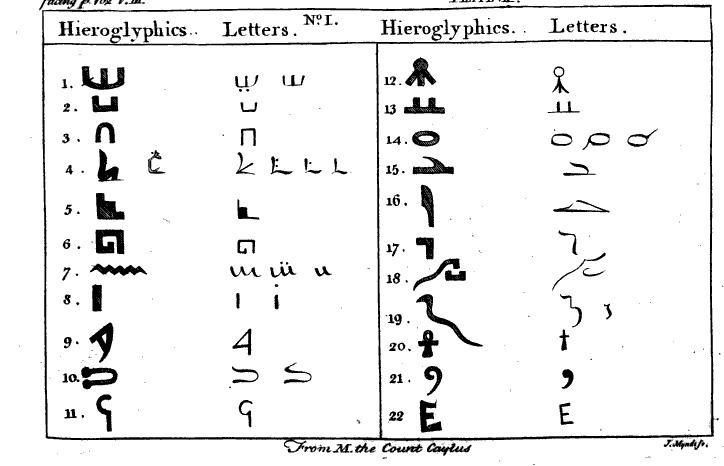 | ||
Similar A view of Lord Bolingbro, CRITICAL INQUIRY INTO TH, The Divine Legation of Moses D, The Alliance Between, The Works of Alexande | ||
The Divine Legation of Moses is the best-known work of William Warburton, an English theologian of the 18th century who became bishop of Gloucester. As its full title makes clear, it is a conservative defence of orthodox Christian belief against deism, by means of an apparent paradox: the afterlife is not mentioned in terms in the Pentateuch (i.e. Torah – see Jewish eschatology#"The world to come"), making Mosaic Judaism distinctive among ancient religions; from which, Warburton argues, it is seen that Moses received a divine revelation.
The Divine Legation was published in two parts and nine books from 1737 by Warburton, who left it unfinished, however. It is a learned and discursive work, and excited extensive controversy in Warburton's lifetime, which the author pursued with acrimony. One side-issue, the history of writing, was treated by Warburton in a manner that proved influential.
A modern opinion, from J. G. A. Pocock, is that the book is a "strange and flawed work of undisciplined genius".
